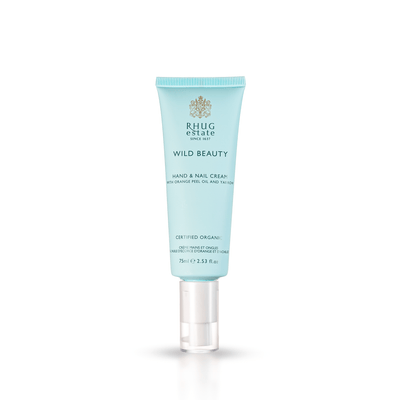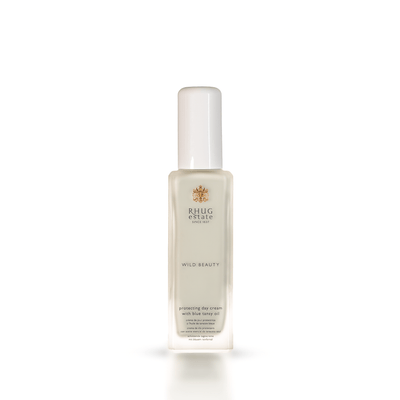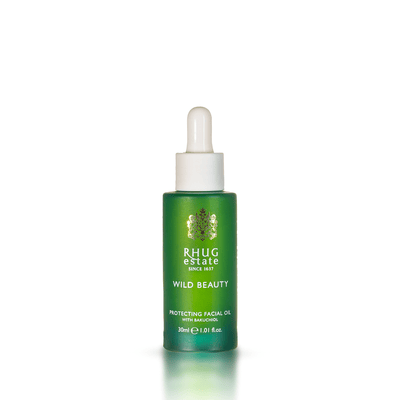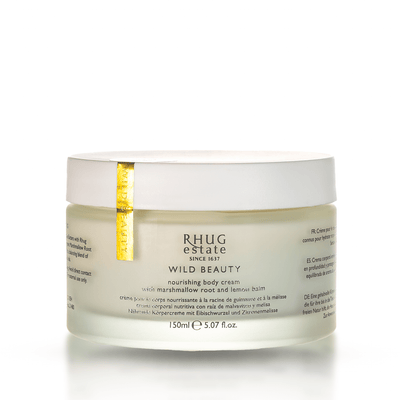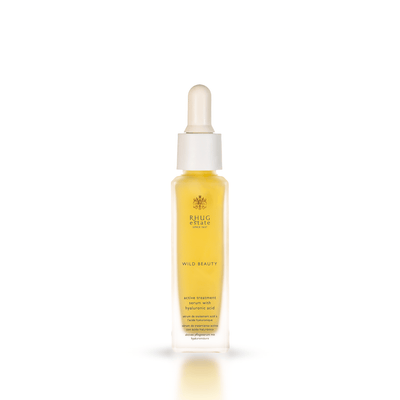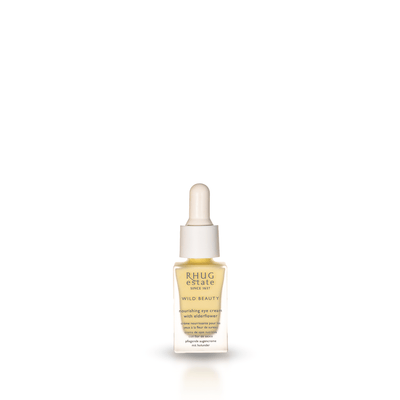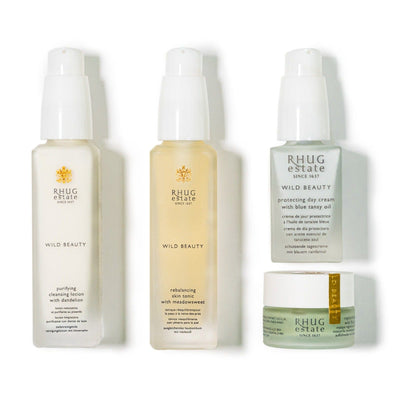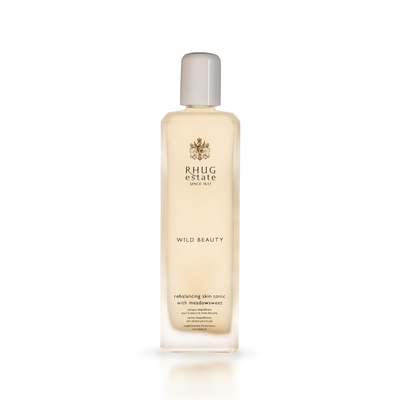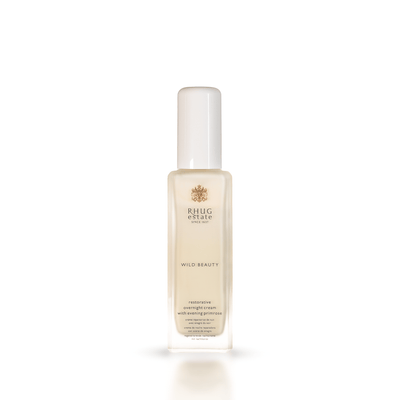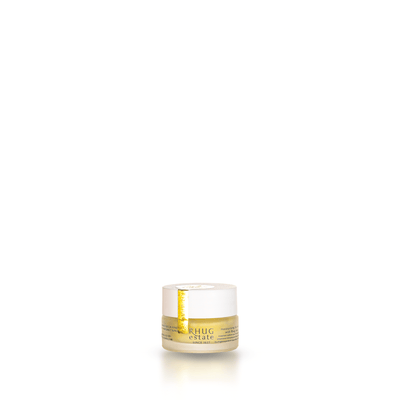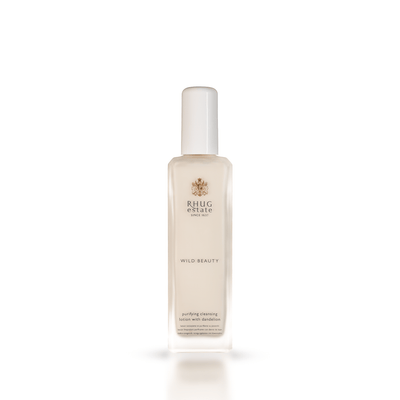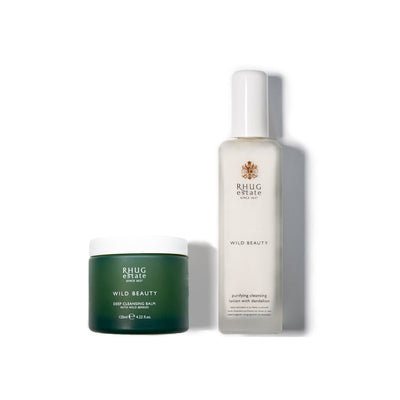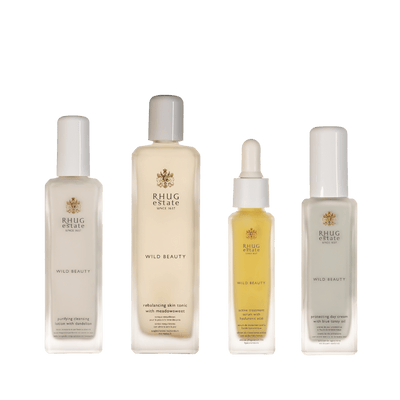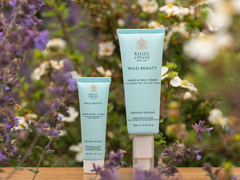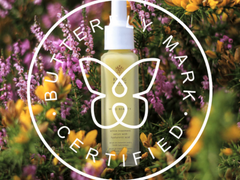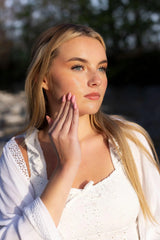Is your skin feeling tight, looking dull, or never quite comfortable after cleansing? Then it needs more than a quick fix. Dry and dehydrated skin can be brought back to comfort with thoughtful care that respects the skin’s balance, restores hydration, and supports long-term skin health. This guide shows how to do that with simple steps that actually work.
Introduction
Dry and dehydrated are often used as if they mean the same thing. They do not. Dry skin lacks oil, while dehydrated skin lacks water, and plenty of people have both types at once. When either one is ignored, the skin’s surface becomes fragile and reactive. Makeup sits unevenly, fine lines look sharper, and the face can feel tight throughout the day.
Understanding what is happening beneath the surface is the first step to choosing products and habits that restore comfort and balance.
Understand Dry vs Dehydrated Skin
Think of dry skin as a permanent condition and dehydration as a temporary state. Dry skin produces fewer natural oils than it needs. The protective barrier is thinner and moisture escapes more easily, which is why very dry skin can look flaky or rough and may itch after washing.
Dehydrated skin is different. Any skin type can become dehydrated when water levels drop. Central heating, air conditioning, sunny holidays, long flights, or a week of late nights can all nudge skin into this state.
How do you tell them apart? Wash with a mild cleanser, pat dry, and leave the face bare for an hour. If the skin looks shiny yet still feels tight, dehydration is likely. If it feels papery or rough with little or no shine, dryness is the main issue. If different areas behave differently, you may be dealing with both.
The good news is that both respond well to gentle care that restores lipids, pulls in water, and helps the barrier learn to retain moisture again.
Shop Dry & Dehydrated Skincare Products
Common Causes of Dehydrated Skin
Dehydrated skin rarely happens without a trigger. External factors often strip water from the surface or disturb the barrier that keeps it in place. Knowing the most common culprits makes it easier to avoid them and adapt your routine when conditions change.
-
Exposure to Pollution
It's inevitable when you live in the city. The air in that city contains particles that settle on the skin and produce oxidative stress. Then that stress chips away at the barrier, which leads to quicker moisture loss.
-
Air Travel
Cabin air is dry, recirculated, and not kind to skin. Hours at altitude pull water from the surface and leave the face looking flat and feeling tight on landing.
-
Impact of Weather Conditions
Cold wind, low humidity, or summer heat all take their toll. Winter air wicks away moisture outdoors while central heating does the same indoors. In heat, perspiration mixed with sun exposure can stress the barrier and cause skin damage.
-
Overuse of Harsh Products
Squeaky-clean is not the goal. Strong foaming washes and alcohol-heavy toners strip natural oils and unsettle the barrier. Some chemical SPF formulas can be just as harsh, leaving sensitive skin irritated or even drier. Skin then overcompensates or becomes reactive.
-
Frequent Hot Water Showers and Baths
Hot showers feel soothing at the time, but hot water dissolves lipids that keep moisture in place. Over time, that habit leaves skin more prone to dehydration. Use warm water instead and keep face-washing short to protect the barrier.
How Dehydrated and Dry Skin Feels and Looks
The signs of dry or dehydrated skin types are easy to recognise once you know them. Your skin may feel tight after cleansing, or look dull and uneven. Foundation products can cling to rough patches, and fine lines appear around the eyes more quickly.
Dehydrated skin often looks shiny yet still parched, which is confusing until you remember that oil and water are different. Dry skin lacks slip and looks matte but rough, with flakes that catch the light.
Both can sting with fragranced products, and both improve when the barrier is supported. The aim is hydrated skin that feels soft, moves comfortably, and holds its glow through the day.
What are the Best Dehydrated Skin Products for a Dry Skin Routine?

Dry and dehydrated skin benefit from products designed to replenish moisture and protect the surface. Skincare for dehydrated skin should focus on layering hydration and sealing it in without clogging pores.
-
Key Ingredients to Look For
The right ingredients make all the difference when choosing skincare for dehydrated skin types. They help restore the barrier, add hydration, and bring lasting comfort. Each one has its own role to play in relieving dryness and strengthening the skin’s surface.
Hydrating Ingredients Like Hyaluronic Acid
Hyaluronic acid binds water to the skin. Use it on damp skin for better, all-day hydration, as this way it has water to hold. Look for blends with different molecular sizes so some sit near the surface for instant comfort and some travel further to support deeper hydration.
Soothing Oils and Butters
Jojoba, evening primrose, and shea butter are classics for a reason. They top up lost lipids and form a breathable seal that slows moisture loss. Oils can be used alone at night or mixed with cream when the air is dry.
Fragrance-Free Ingredients
When the barrier is vulnerable, fragrance often becomes a trigger. Choosing fragrance-free skincare products reduces the risk of redness and keeps attention on skin hydration and repair.
-
Product Textures that Work Best
Beyond ingredients, texture also matters. Creamy cleansers, lightweight serums, and nourishing creams all layer together to keep skin hydrated. Oil-based balms can comfort very dry skin, while gel formulas feel refreshing for those who prefer a lighter finish. Choosing textures that suit your skin condition makes the routine easier to follow and more effective.
Building the Best Skincare Routine for Dry Skin

Relieving dry skin or dehydrated skin means you need a reliable skin care routine that uses gentle cleansing, smart hydration layers, and comforting textures that protect. The products do the heavy lifting, but timing and technique matter just as much. Apply watery steps on damp skin, then follow with richer creams or oils to lock everything in.
-
Gentle Cleanser
Start with a natural skin cleanser that removes daily impurities and excess oil without leaving the face tight, yet still effectively cleanses. A light cream or milky gel suits most skin types when you experience dryness or if dehydration is a concern.
If makeup is part of your day, begin the evening with a balm or oil to dissolve pigment and sunscreen, then follow with your usual wash. That two-step approach clears daily impurities without punishing the barrier.
-
Hydrating Toner
A natural skin tonic is the bridge between cleansing and treatment. It brings water back to the surface and prepares the face for serum. Press it in gently with your hands or a soft cotton pad. The aim is to leave skin slightly damp and relaxed.
-
Hydrating Serum
An organic skin serum provides a concentrated boost. Humectants such as hyaluronic acid and glycerin pull in water, while antioxidants like vitamin C and vitamin E help defend against external factors. If dullness is a skin concern, serums with brightening active ingredients can help restore a more even look.
-
Organic Moisturiser
Seal hydration in with a cream that cushions rather than coats. An organic skin moisturiser rich in shea butter or natural oils gives lasting comfort for very dry skin.
For dehydrated skin types that tend to be oily, lighter facial moisturisers work better, keeping skin hydrated without clogging pores.
-
Sun Protection
Daily protection against the sun’s rays helps prevent skin from getting further sun damage and slows visible ageing. Mineral-based creams rich in antioxidants provide a protective barrier without the irritation that some chemical filters cause.
-
Overnight Cream
Night is when the skin repairs itself. Applying an overnight face cream allows active ingredients to work alongside natural cell renewal. These richer textures comfort the barrier, restore hydration, and help skin wake up feeling calmer and more resilient.
-
Nourishing Eye Cream
The eye area shows dehydration quickly through fine lines and dark circles. A nourishing eye cream adds moisture and strengthens delicate skin without clogging pores. Pat gently with the ring finger to refresh the area and reduce signs of tiredness.
Lifestyle Recommendations for Managing Dry and Dehydrated Skin
Skincare doesn’t stop with what you put on your face. The way you live day to day can either support hydration or undo the benefits of your routine. Small adjustments add up to big differences in how skin feels and responds.
- Drink plenty of water, but also eat foods with a high water content, such as cucumber and melon. Limit caffeine and alcohol, both of which dehydrate.
- Use a humidifier during the winter months to balance dry central heating. Swap hot showers for warm water, and keep them short.
- Choose soft fabrics and layers that protect against cold wind without scratching sensitive skin.
- Prioritise rest. Sleep, often called beauty sleep for a reason, allows cell repair and gives the skin a chance to recover from external factors.
Together, these choices complement a daily routine built with natural skin care products and make it easier to maintain hydration in the skin.
Conclusion: Restoring Balance to Dry and Dehydrated Skin
Dry and dehydrated skin needs patience and consistency, not quick fixes. A routine that blends natural skin care products with supportive habits makes the difference between skin that feels tight and fragile and skin that feels smooth and resilient.
From a natural skin cleanser to a natural skin tonic, from an organic skin serum to an organic skin moisturiser, each step supports the skin barrier and restores hydration. Weekly extras such as an overnight cream or a nourishing eye cream provide targeted relief for specific concerns.
To explore formulas that combine estate-grown botanicals with proven active ingredients, visit the organic skincare store at Rhug Wild Beauty. The collection is crafted to relieve dryness, restore balance, and give you healthy-looking skin that lasts.



